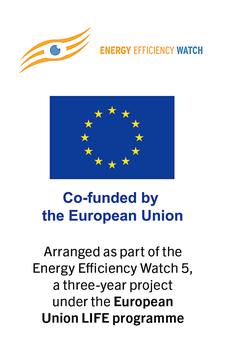Search eceee proceedings
Methods and practice to conduct agro-industrial water–energy nexus assessments
Panel: 2. Sustainable production towards a circular economy
Authors:
Ricardo Amon, university of california davis, USA
Christopher Simmons, UC Davis, USA
Scott Peterson, UC Davis, USA
Edward Spang, UC Davis, USA
Abstract
Our research provides a practical understanding of the water energy nexus (WEN), in agricultural production and industrial food processing; to identify energy efficiency and water conservation opportunities. We present a case study to illustrate the methods and practices used to conduct a WEN assessment at a microbrewery facility in Davis, California. Collecting and analyzing static and dynamic data to account for the operational efficiency of thermal and electric energy assets powering water. Water and energy flow calculations provide the quantitative foundation to estimate water energy intensity (WEi) metrics, by unit operation; providing performance indicators to establish resource use efficiency baseline conditions. Energy efficiency and water conservation opportunities are identified, calculating energy cost savings and estimating greenhouse gas (GHG) emission reductions. Published research papers (JIE, vol 22, issue 4), document WEN assessments conducted in 2013, at the Campbell Soup, Dixon California, tomato processing facility.
In 2014 and 2015, the company adopted multiple recommendations to address thermal and electric energy inefficiencies, generating cost savings, GHG emission reductions and water conservation. A whole-systems approach reveals synergistic conditions to identify innovative resource conservation opportunities. Like, capturing waste heat from evaporators to replace natural gas-powered steam and recover condensate water at industrial tomato processing facilities (ATE, vol 78). Leading to additional electric load and demand savings from cooling tower pumps and fan systems. The brewery WEN assessment provided granular-level information to establish WEi metrics, calculating the amount of energy that is embedded in the water that is packaged in Lager beer.
The WEN methods provide replicable metrics to measure and validate (M&V) incentives; to optimize the performance of energy assets and identify water conservation projects with embedded energy. Water conservation projects are very relevant in California, to support the implementation of the 2014, Sustainable Groundwater Management Act (SGMA); requiring all water end-users to develop long-term groundwater-basin conservation plans. The WEN methods are available to engineers and managers, working to optimize water and energy use in agricultural production and food processing facilities; contributing to circular economy sustainability principles.
Downloads
Download this presentation as pdf: 2-112-20_Amon_pre.pdf














